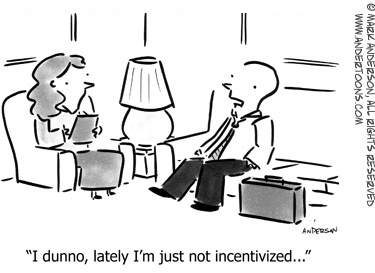Scaling is hard

Step 1. You made or did something
Step 2. People liked it and asked for more
Step 3. ???
I spend a lot of time thinking and reading about how you can/should structure being able to provide "more".
In the Loon Shots book, Safi Bahcall tells us "More is different", and he is right, scaling is hard in part because of this.
Here are two posts, 10 years apart, both discussing the challenge of more.
The unfortunate math behind consulting companies
In 2011, I read this great post about how to scale a consulting company, it hit home and reminded me of my time trying to do the same. It's an old post, but as relevant today (perhaps more so) than it was then.

The TL:DR; is hiring a dev and billing them out at x2 their salary sounds like it should work and be easy money - it doesn't. According to ASmartBear, you need to be more like x3-x4 to make a profit.
Lots of service based businesses work this out as they try to grow - so try to pivot and instead sell a product (often a tech product) as a way out of directly trading time for money.
But, building and scaling a tech product isn't easy either, and recently I've read a post which takes an interesting look at why. Why, when even if you get everything right, tech, product-market fit, funding, it can still be very hard.
Money makes the world go round
And it can also dictate how decisions are made about the way a product is built, how its teams are structured and ultimately if the whole thing is going to succeed or fail.
In a post which went live this week, zwischenzugs shows us why "Money Flows Rule Everything Around Me" and the wide reaching impact that flow of money can have, even down to the level of the codebase. Zwischenzugs discusses stages of a product companies growth and why later stages can end up being so problematic:

There is also a good discussion around this on Hacker News. The TL:DR; for this is best expressed in comic form, and it is brilliant. It turns out (as many things to do with software development tend to), it comes down to Conways Law.

If this rings true, or you are interested in how you can use Conways Law to your advantage, I highly recommend reading Team Topologies or even just watching the video in the post below.






